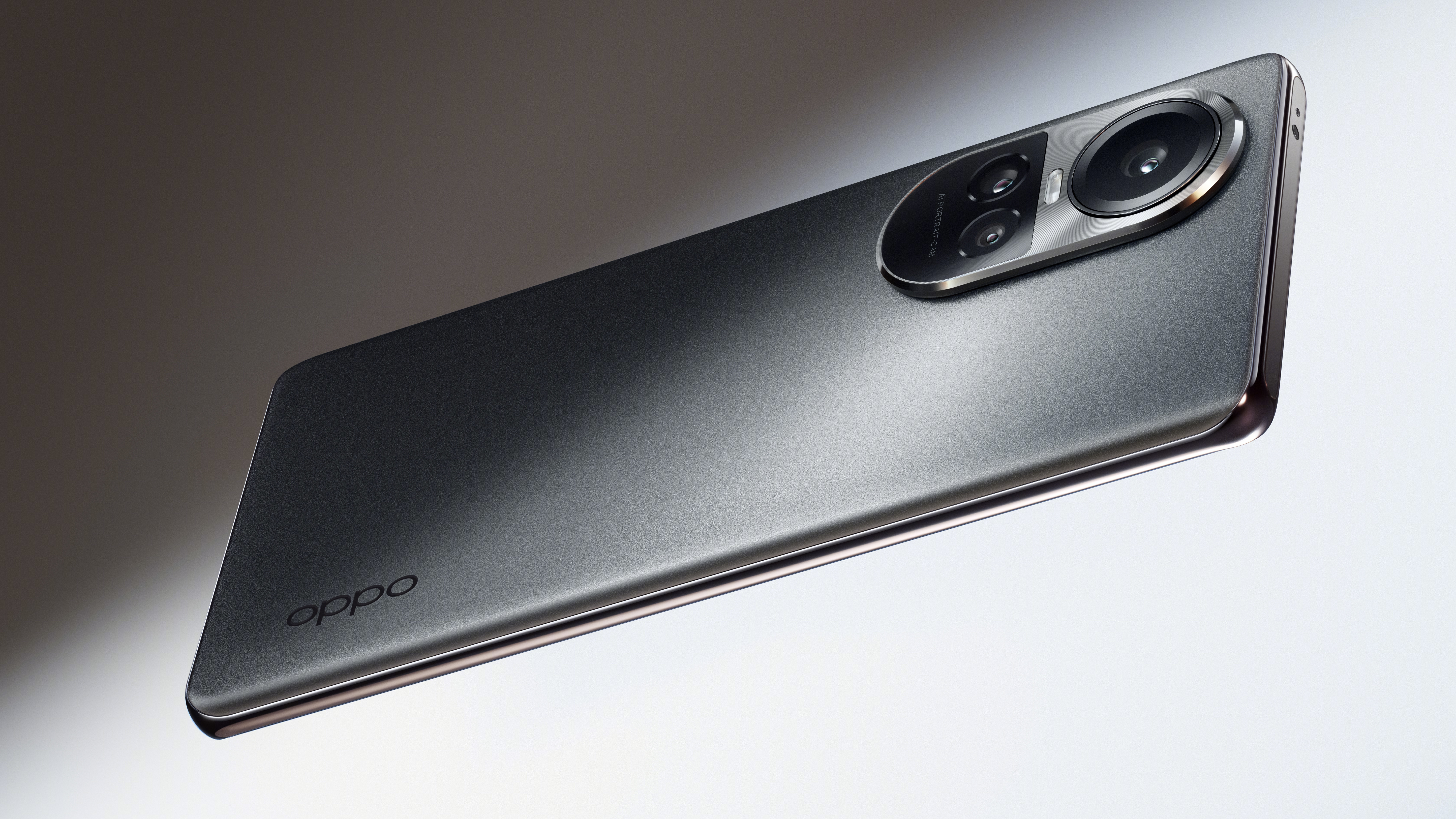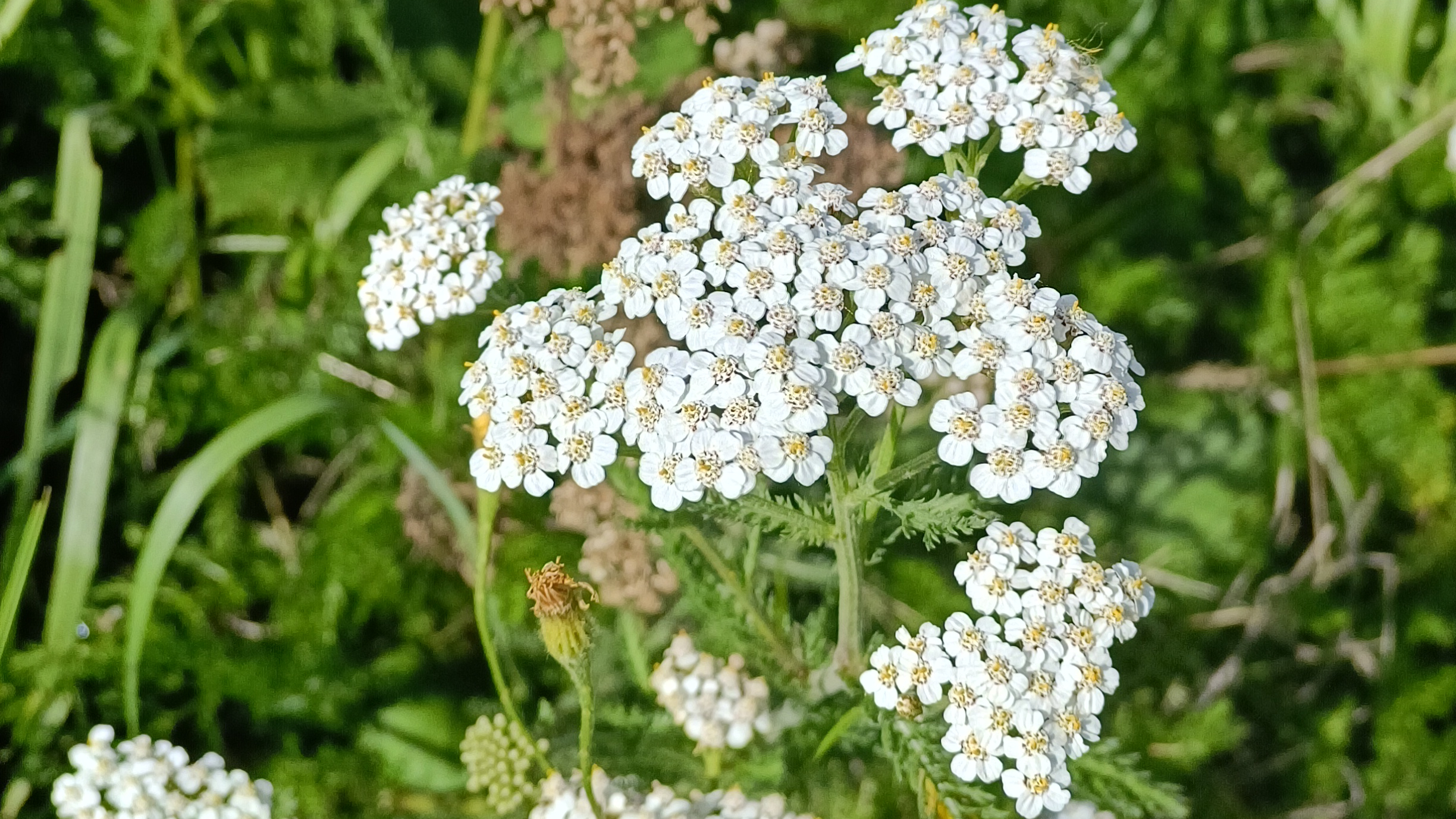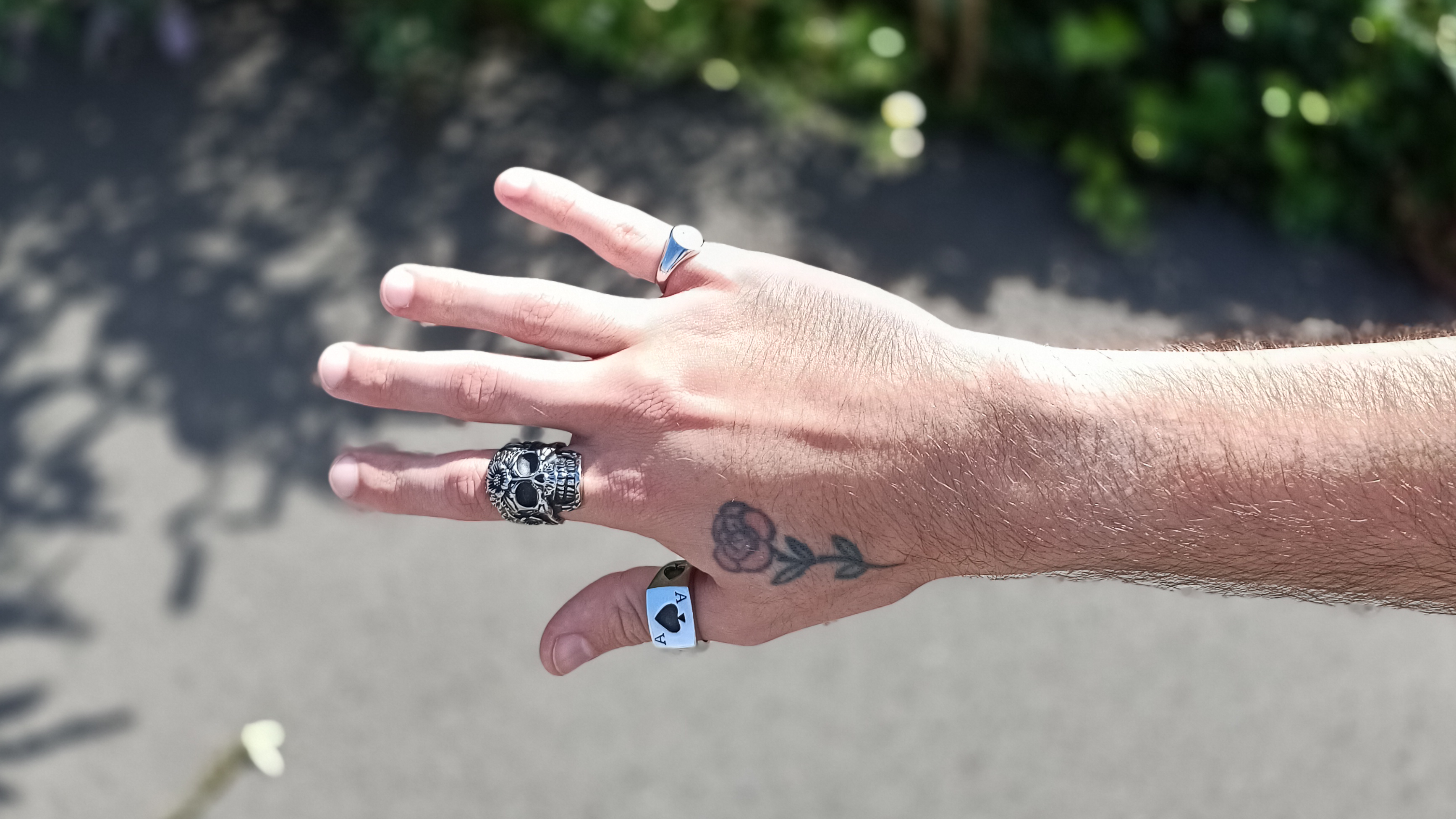
When it comes to choosing the best Android phones, one of the key considerations is a top quality camera. For most users, it's the only camera they own, meaning it has to be good for all sorts of purposes.
Broadly speaking, if you're looking for the best camera on a phone, you're going to be looking towards the top end of the pricing scale. I've tested a fair few this year, and my two favourites – the Samsung Galaxy S23 Ultra and the Google Pixel 7 Pro – both carry chunky price tags.
But it doesn't have to be that way. Enter the Oppo Reno10 – a £400 phone with a camera that will have you seriously questioning why you'd pay two or three times more for those aforementioned models.
Let's start with a brief overview of the specs. The Reno10 features a 6.7-inch AMOLED display, with curved edges. A 93% screen-to-body ratio contribute to a really seamless viewing experience, while 950 nits of peak brightness keeps things bright in all but the most direct of sunlight.
Inside, a MediaTek Dimensity 7050 chipset keeps things powered. That's fused with a 5,000mAh battery, 8GB of RAM and 256GB of storage. There's also 67W SUPERVOOC charging, which will replenish around 31% in ten minutes, and gives a full charge in 47 minutes.
That all sounds like a pretty potent midrange device. Then we get to the camera. It's a feature which the Reno series has always been known for, but on this device, it makes it a shoe-in for best cheap phone on the market.
You'll find a 64MP main sensor with an f/1.7 aperture, and an 8MP ultra-wide sensor with an f/2.2 aperture and a 112° field of view. But the cream of the crop is the telephoto portrait lens – a 32MP Sony IMX709 with an f/2.0 aperture and a 47mm equivalent focal length.
That 47mm measurement is important. 50mm lenses are favoured by professional photographers because they closely mimic the perspective of the human eye, so getting close to that is great for your images.
It also packs a 2x optical zoom, which can be used with the Portrait mode for stunning images, even if you're a little further away. So what's it like in use?





Well... brilliant. When I first got hands on with the device, I went straight out to test it. I took a few test shots on an iPhone 14 to compare and was stunned at the comparison. You can see the computational photography working its magic – the image shown at the moment of capture flickers before revealing the final composition.
But what a composition it is! Colours are bright and saturated. Images are packed full of detail. The background blur is perfectly executed, bringing the subject into focus without completely killing all sense of what is happening in the background.
It seems to work equally well on a range of subjects, too. We tested a couple of headshots, but also snapped a few images of foliage and hands to test the quality. Nothing I threw at it was able to trip it up. Top marks, Oppo.
So, the question is, does this stack up against the higher priced models? That's a pretty loaded question, but I'll do my best to answer. Obviously there are going to be some limitations. The Dimensity 7050 chipset found in this device uses a 6nm architecture, so I'd be surprised if it has the power or efficiency of phones powered by the Snapdragon 8 Gen 2, for example.
But if your only concern is camera quality – particularly for portrait shots – you won't be disappointed. Having briefly used the main and ultra-wide sensors, too, I'm confident that this could put up a fight with just about any device on the market. Sure, you may prefer one style or another, but we can hardly mark any phone down for that. And at £400, credit is well and truly deserved.







